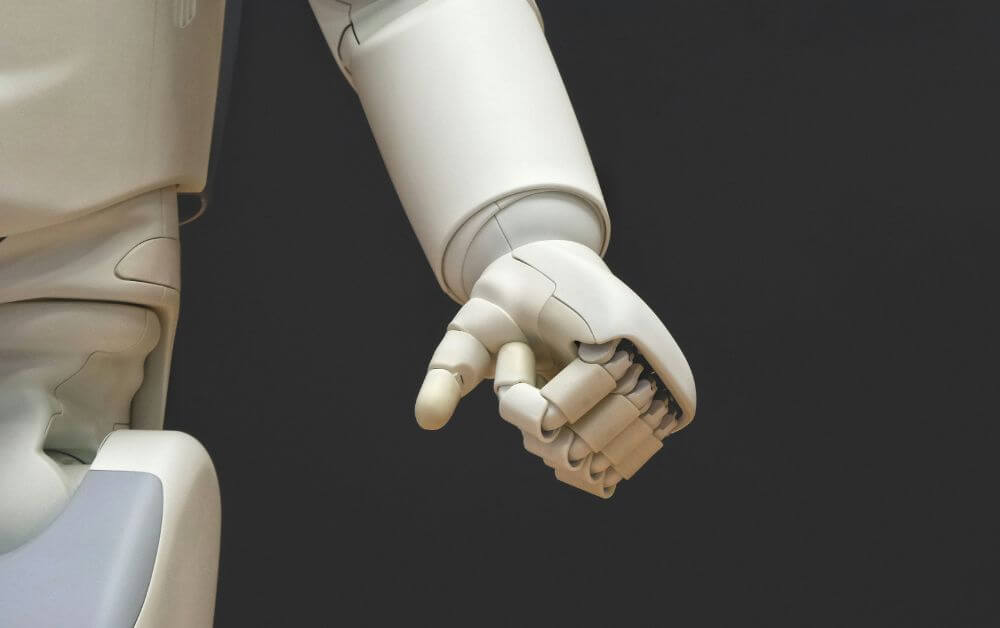Spider-like robots clambering around the outside of buildings? It looks like something from a sci-fi horror movie, but actually this is the future of the $40 billion window cleaning industry. Robotic window washers. They can do more than clean, though – they do real-time, ongoing analysis of the external skin of the buildings, keeping a record of issues and greatly enhancing preventative maintenance.
This is just one example of the potential of predictive data analytics when applied to real-world objects that are instrumented and analysed. How might you be able to these data analytic ideas to your business?
TRANSCRIPT
It looks like a science fiction horror movie as these spiderlike robots climb all over our high-rise glass and steel buildings. It’s 2031 and it isn’t science fiction. These are the window cleaners of the future.
Welcome to Throw Forward Thursday, my name is Graeme Codrington. Every week, we jump in the future, see what’s going on there, and if it means anything for us today.
And yes, the $40 billion a year industry of window cleaning of high-rise buildings is soon going to be taken over by robots. Not just because the robots can do as good a job as human beings can of cleaning these windows. And of course, without some of the crazy things that we see every now and again when a rope snaps or a high wind comes in and puts human beings in danger. But also, and for a very important additional reason, as these cleaning robots move over the surface of a building, they are able to, with meticulous precision, actually look at the structure of the glass and the steel and the buildings, even down to details such as the way in which the windows are insulated, screws and bolts. And they’re able to take pictures and analysis of each of these as they move along.
As they come back again a few weeks, a few months later, in their continuous rotation of cleaning these buildings, they’re able to build up a picture of the external skin of a building. In a modern high-rise building, that external skin is not just the visual facade of the building, it is also literally the skin of the building. It accounts for about 20% of the cost of a building and needs to be kept properly, not just cleaned, but also secure. And so, if as these robots move across the buildings, they’re able to recognise, using data analytics, they’re able to recognise when something has changed, if something is going wrong. We’re going to be able to do a lot more preventative maintenance.
Human beings can’t do this. Human beings will be able to pick up if there’s rust or if a screw or a bolt is missing. But they’re not going to be able to remember with precision what something looked like a few months ago and what it looks like now. And comparing those two things begin to flag up the potential for preventative maintenance.
This is one story amongst a thousand stories of the ways in which we need to start thinking about how we use data in the future. Our ability now to gather data, data of the world around us, our ability to, if you like, instrument the world in ways where we can keep information and compare information, months, years, decades at a time, and then look for trends and information in that data looking for predictive data analytics.
This is now the promise of what we’re calling AI at the moment. It isn’t really AI yet, it isn’t artificial intelligence, but it is data analytics that can provide intelligence via this longitudinal information. We need to be thinking about where we can apply this and what we can do with this kind of approach to the world and this type of thinking.
What sort of data could you gather in your business? What could you do with that data if you could build insight and intelligence into it? And therefore, what sort of products and services might you be able to offer to your clients in the future?
It’s not just about cleaning buildings, it’s about keeping them safe, and it’s about using this type of thinking for predictive data analytics. As always, thank you for joining me in the future. I’ll see you next week when we go back there and see what’s going on.
At TomorrowToday Global, we help clients around the world analyse major global trends, developing strategies and frameworks to help businesses anticipate and adapt to market disruption in an ever-changing world.
Subscribe to our team’s weekly newsletter filled with insights and practical resources to help you succeed in the future of work.
For all enquiries, please use this email: [email protected]
For the past two decades, Graeme has worked with some of the world’s most recognized brands, travelling to over 80 countries in total, and speaking to around 100,000 people every year. He is the author of 5 best-selling books, and on faculty at 5 top global business schools.


